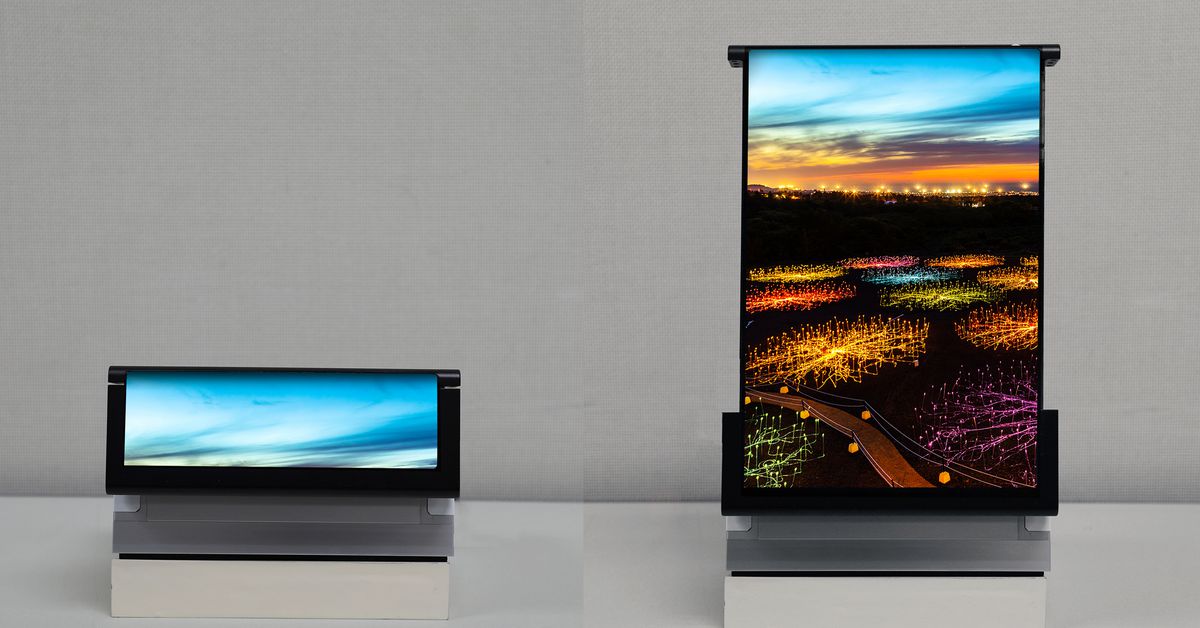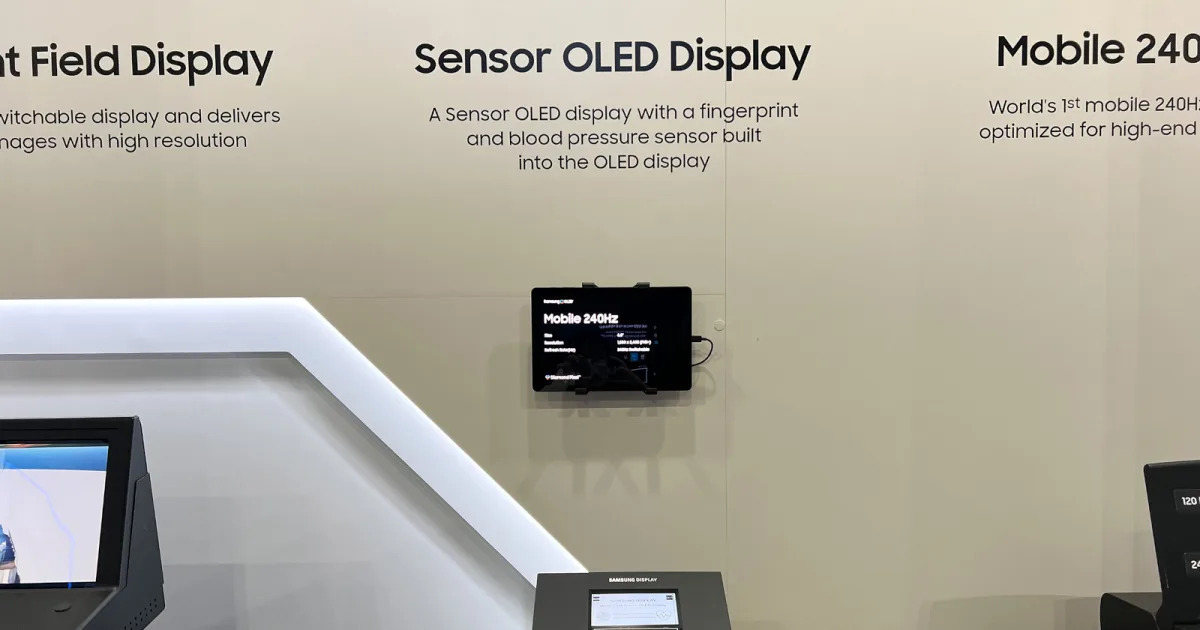Commercial Earth-observation companies collect an unprecedented volume of images and data every single day, but purchasing even a single satellite image can be cumbersome and time-intensive. SkyFi, a two-year-old startup, is looking to change that with an app and API that makes ordering a satellite image as easy as a click of a few buttons on a smartphone or computer.
SkyFi doesn’t build or operate satellites; instead, it partners with over a dozen companies to deliver various kinds of satellite images — including optical, synthetic aperture radar (SAR), and hyperspectral — directly to the customer via a web and mobile app. A SkyFi user can task a satellite to capture a specific image or choose from a library of previously captured images. Some of SkyFi’s partners include public companies like Satellogic, as well as newer startups like Umbra and Pixxel.
[…]
SkyFi’s mission has resonated with investors. The company closed a $7 million seed round led by Balerion Space Ventures, with contributions from existing investors J2 Ventures and Uber alumna’s VC firm Moving Capital. Bill Perkins also participated. SkyFi has now raised over $17 million to date.
The startup is targeting three types of customers: individual consumers; large enterprise customers, from verticals spanning agriculture, mining, finance, insurance and more; and U.S. government and defense customers. SkyFi’s solution is appealing even these latter customers, who may have plenty of experience working with satellite companies already and could afford the high costs in the traditional marketplace.
[…]
Looking ahead, the Austin, Texas–based startup is planning on integrating insight and analytics capabilities into the SkyFi app. This feature will be especially useful for customers interested in hyperspectral or SAR images. The company also plans to do more feature updates as it integrates more providers — from satellites, to stratospheric balloons, to drones — to the platform.
“I think of SkyFi as the Netflix of the geospatial world, where I think of Umbra, Satellogic and Maxar as the movie studios of the world,” Fischer said. “I just want them to produce great content and put it on the platform.”
Source: SkyFi lets you order up fresh satellite imagery in real time with a click | TechCrunch



